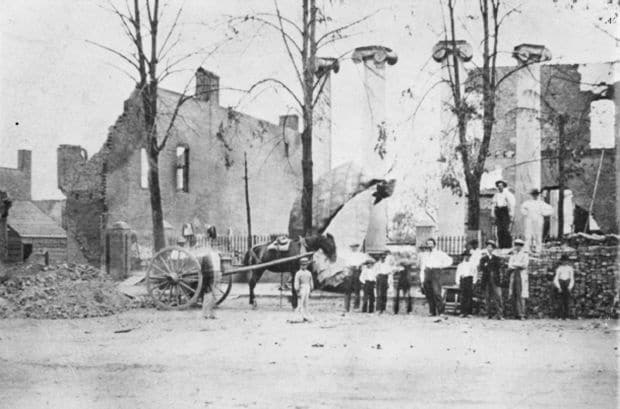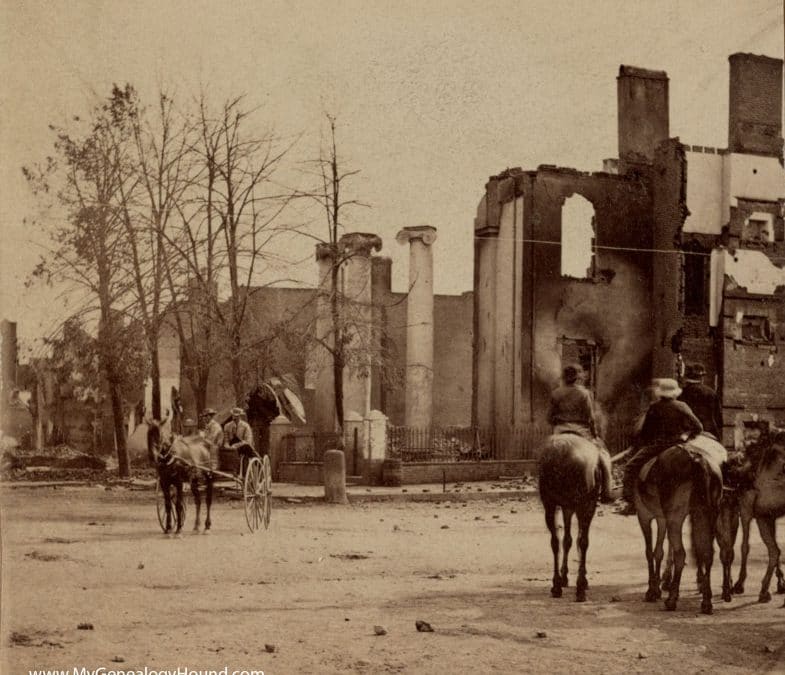
by Janet Pollard | Apr 24, 2020 | Blog
In the summer of 1863, Franklin County PA was the advance and the retreat of the Battle of Gettysburg. Confederate General Robert E. Lee and more than 65,000 men camped in and around Chambersburg. Until the Battle of Gettysburg, the tide of Civil War ebbed and flowed...

by Janet Pollard | Apr 19, 2018 | History
Chambersburg Out of the Ashes In 1864, Chambersburg’s population was about 5,500. It was a town settled by hard-working Scots-Irish and German immigrants. As is true today, Chambersburg was well-located and, therefore, a transportation hub. Goods and people...



